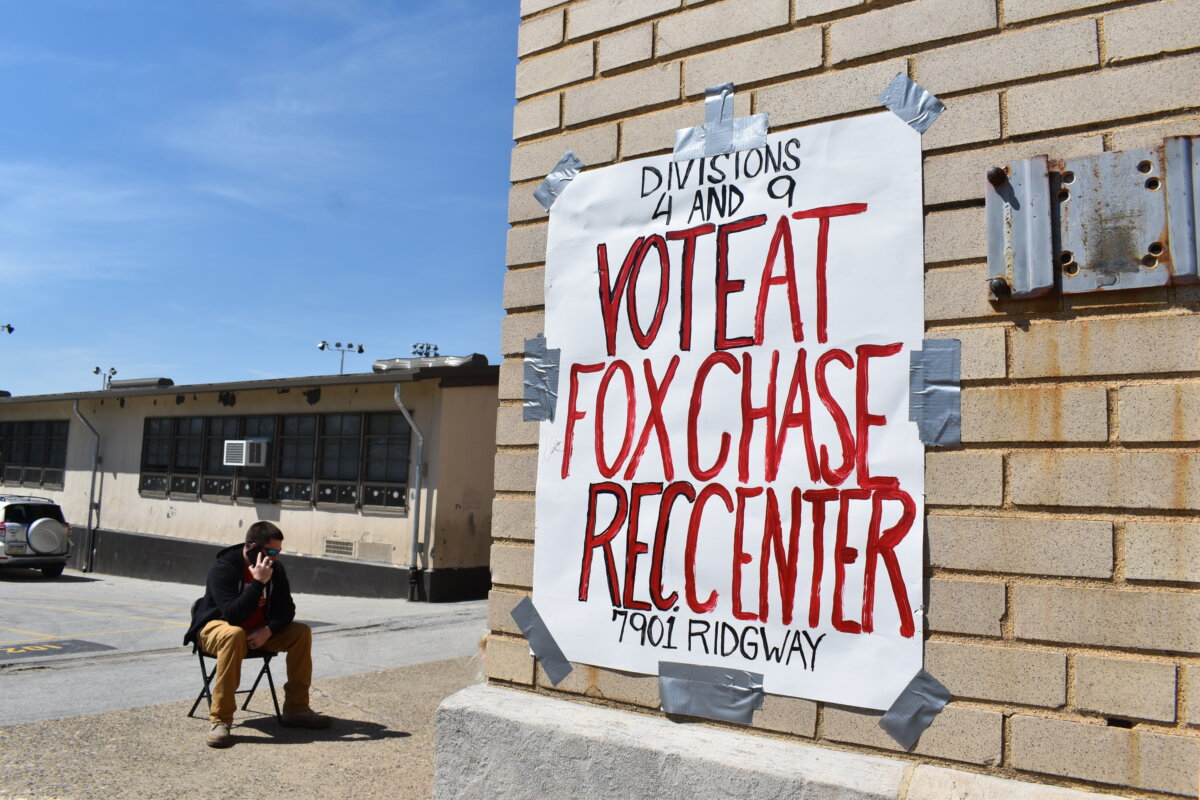VANCOUVER, B.C. – Criminologist Ehor Boyanowsky studies gangs and youth violence for a living but the latest spate of killings in Metro Vancouver has burned through his professional detachment.
He knows two mothers whose sons have been killed – the mothers of 21-year-old Tyson Edwards, stabbed outside a Vancouver nightclub on Feb. 1, and 23-year-old Lee Matasi, shot to death in 2005 outside a different club just blocks from where Edwards died.
With a gang war seemingly playing out on the streets of Metro Vancouver and almost daily shootings, the Simon Fraser University professor wonders if a shift has taken place among Canada’s young people, toward a willingness to go to deadly extremes.
On Tuesday, two more shootings in suburban Surrey, B.C., left one man injured and a woman dead, slumped over in the driver’s seat of her car with her four-year-old son in the back seat.
“I’m thinking something is in the air here that we’re having so much violence to the point that it’s way beyond casual probability that one would know two,” he says.
Matasi’s killer, caught on video surveillance, is serving a life sentence for second-degree murder with no chance of parole for 10 years. No one has been arrested in Edwards’ killing.
“What we’ve got here are people acting out violently under the least provocation,” Boyanowsky says. “There’s a shift to short-circuiting all the other intermediary steps of resentment or reaction.”
A gut feeling, maybe, but hinted at by Canadian crime-rate figures.
While the overall rate of crime reported to police has dropped steadily since the 1990s, violent youth crime has increased since the mid-1980s.
The Centre for Justice Statistics, an arm of Statistics Canada, noted a slight decline in youth homicides in 2007, the last reported year, while 2006 had the second-highest rate since 1961. This while Canada’s overall homicide rate has been dropping steadily since 1975.
Boyanowsky, whose own son was a victim of random violence a couple of years ago, reluctantly points a finger at the usual suspect – the mainstreaming violence in popular culture.
There are gory movies and TV shows that desensitize youth to violence, tough-talking rap videos and a thug code that has no tolerance for the slightest insult.
“All of these things might contribute and you have these wannabe types of individuals,” Boyanowsky says. “But I think what it is, it’s become OK to do that. What you’ve got is a disinhibition process going on.”
Add alcohol and drugs to the mix and the threshold of civility drops even further, he says.
But Michael Chettleburgh says it’s not as simple as blaming a gang culture imported from the U.S.
“I think those arguments are bull, frankly,” says Chettleburgh, a consultant and the author of several books on Canadian gangs. “Those things don’t produce what we’re seeing on the streets right now.”
He says the common denominators today are pervasive influence of the illicit drug trade and the ready availability of guns.
“Kids are more desensitized to violence; in ever-increasing arcs there’s more violence, more acute violence on the street,” he says.
“That’s driven though not by U.S. influences or external influences but just the dynamic of the gang business right now.”
Youth violence is not new, says Rob Rai, who works as a youth diversity liaison for the Surrey school district to help identify kids vulnerable to gang recruitment.
He says young men have always tested each other.
“Now we’re seeing that the ones that are involved in this are the ones that are willing to push that envelope and engage in jumpings as opposed to one-on-one fights or are more willing to use weapons.”
Rai calculates only about 250 of the 67,000 students in the school district display “gang-associated behaviour,” a figure that doesn’t surprise him. Schools aren’t fertile ground for gang recruiters, who instead look on street corners, malls or outside convenience stores.
“That’s where you’re going to find the kids that are bored, vulnerable, at risk and willing to engage,” says Rai.
Both Chettleburgh and Rai think getting to kids very early is crucial.
“When a kid is 12 it’s too late to have the conversation about staying away from drugs and gangs,” says Chettleburgh.
He opposes harsh sentences for youthful offenders – even for violent crime – as counterproductive.
“We’re going to be putting them into gladiator school,” says Chettleburgh. “They’re just going to become more hardened from the experience.”
















